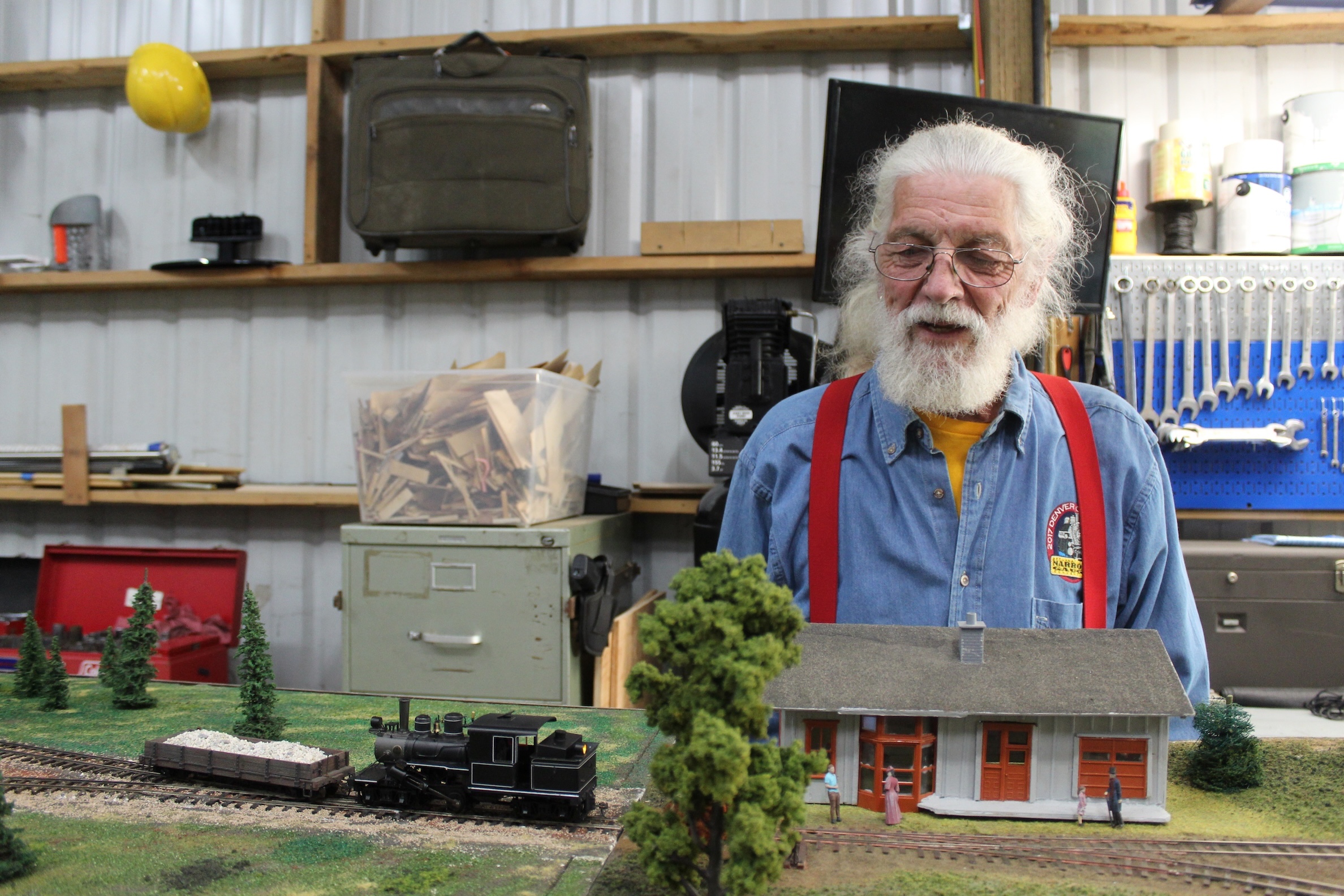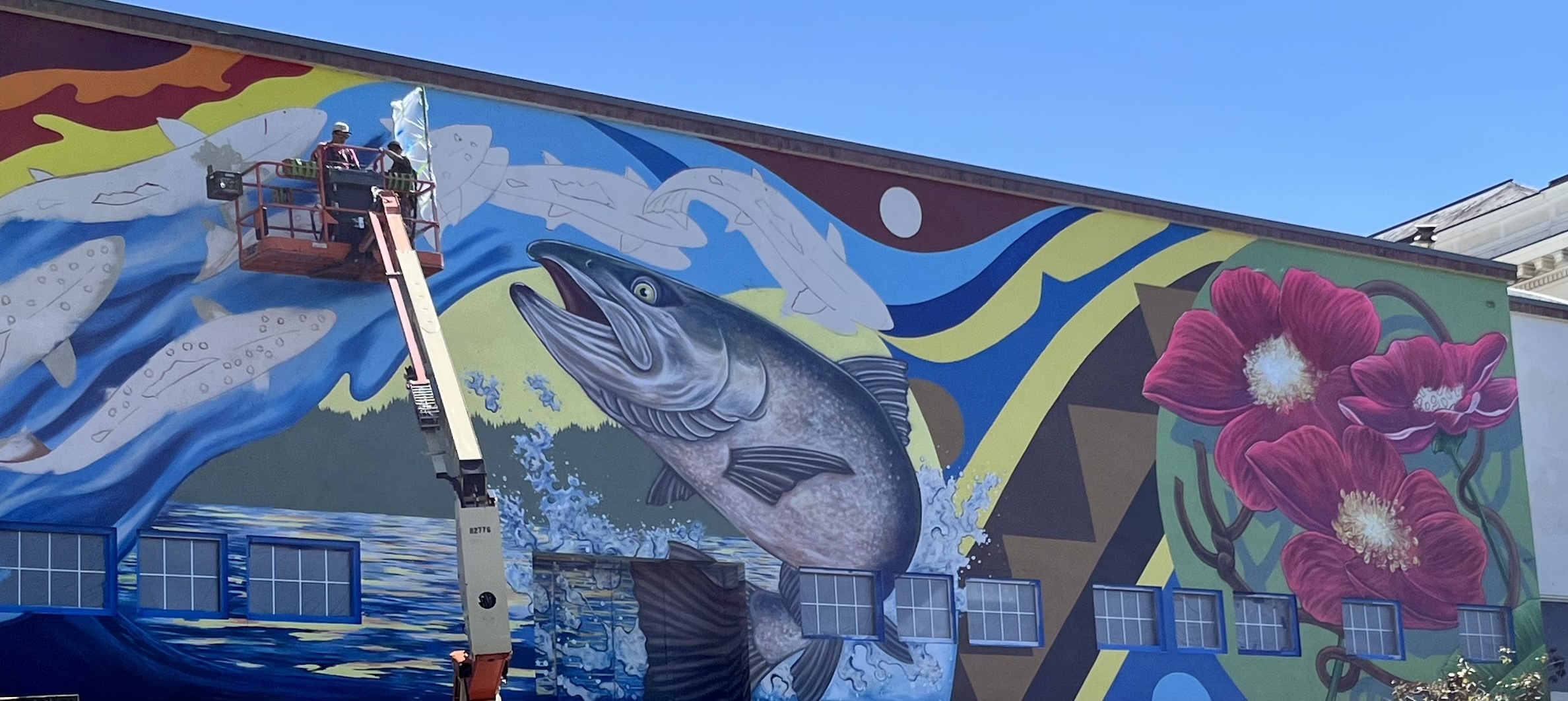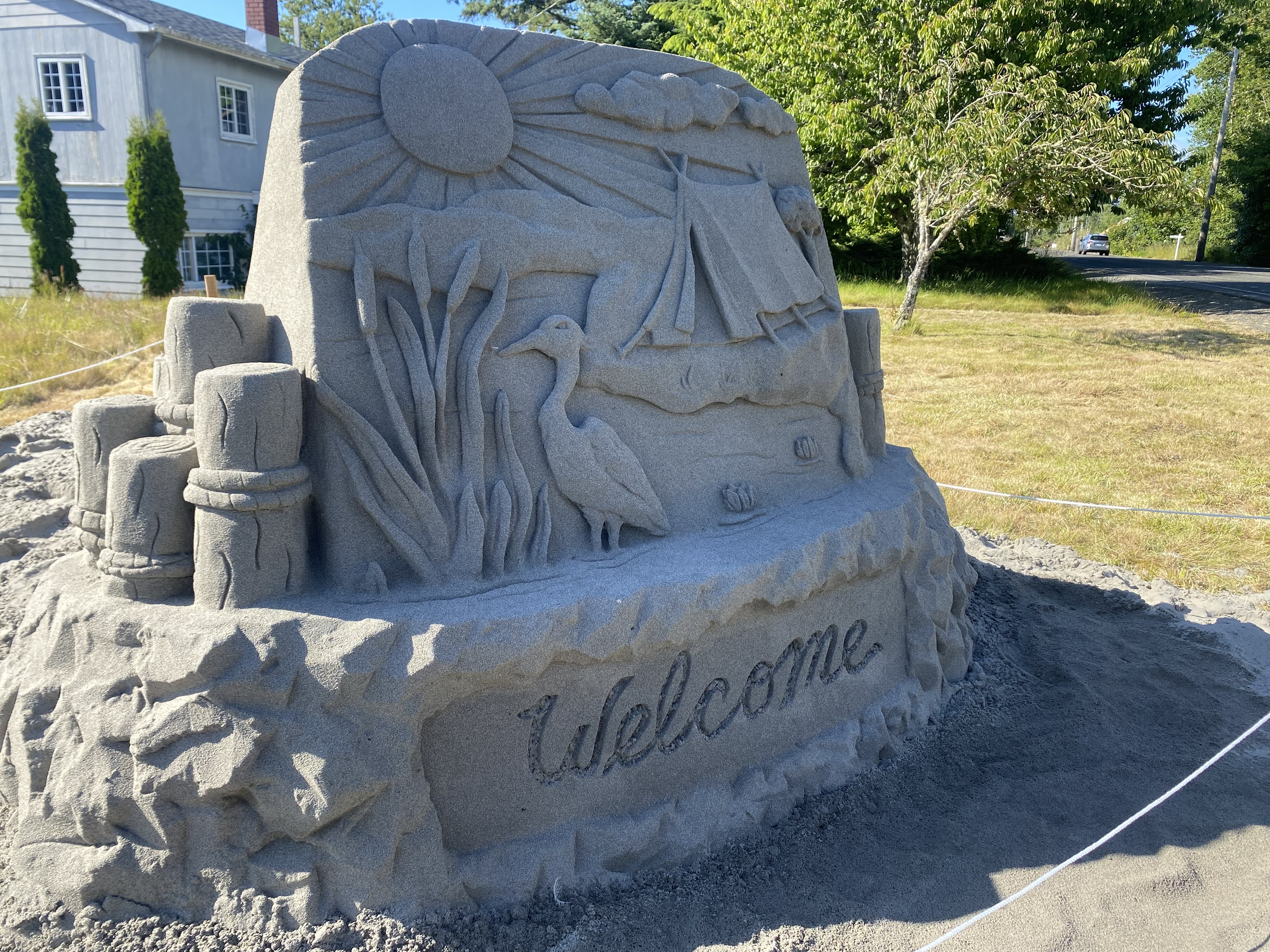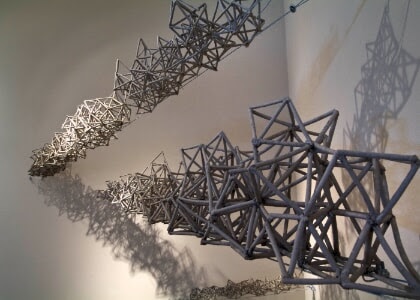THE ARTS: Out of tragedy, Iraqi women’s voices touch theater audiences
Published 2:52 am Thursday, October 4, 2007

- Rachel Lund's character, the American, speaks of her powerlessness to protect her family or even communicate with them. People who tried to contact family members in New York during 9/11 will relate to her fear of not being able to reach her family in Iraq as the bombings began ... and continue. Photo by David Plechl, The River Theatre.
Playing through Oct. 13 at The River Theatre, “9 Parts of Desire,” by Heather Raffo, an Iraqi-American writer and actor, showcases the impactful and poignant voices of nine Iraqi women. Their stories take place during the first Gulf War and beyond.
Trending
Iraq has been called the “cradle of civilization” – an oasis nestled between the Tigris and Euphrates rivers.
Iraq became familiar to the American public in the early 1990s, as the Gulf War, shown in selective detail, unfurled on television in our living rooms. We watched as graphics and military charts were rolled out, generals gave their “expert opinions” and “smart” bombs violently exploded, hitting, we were told, necessary enemy targets.
Why, then, would the voices in “9 Parts of Desire” be so touching for us to be aware of? They represent the human factor in this endless, hopeless debacle in their homeland. They are the hands that rocked the cradle – and more. When you listen, you will hear that they are just like you and me, except that we are very fortunate to live where we do.
Trending
The play opens to a stage with three pedestals and Persian rugs strewn about, while women enter from the side of the audience dressed in black abayas. “Che Mali Wali,” a traditional Iraqi song, plays in the background. Iraqi music, interspersed with the sound of distant bombs, provides the sound throughout the play.
Shattering stereotypes along the way, Raffo sculpted nine composite characters to tell their stories.
One very impressive performance by Karen Bain was the beleaguered Iraqi doctor expressing her fear and dismay over the genetic damage to newborns. She has seen babies with two heads and sometimes no head. She shakes her head describing Basra’s toxic load of depleted uranium and chemicals released during the Gulf War. At the end, she sighs because she also is pregnant.
A sign in the lobby reads, “In 1991, 944,000 rounds of depleted uranium and ammunition were fired from aircraft on Iraq and Kuwait. Because of uranium’s high atomic weight, it allowed munitions to fire twice – upon impact and far away. This depleted uranium would evaporate, leaving a radioactive cloud, known to stay in a person’s lungs for up to two years.”
Another was Nancy Montgomery’s performance of Layal, a close parallel to real-life artist Layla Al-Attar, who painted large portraits of Saddam Hussein and was curator of the Saddam Art Center. She was killed by an American bomb in 1993. Layal explains to the audience how fearful her life is, how she paints while quaking from nearby bombs, how she stays with her husband, even though he shot her once for infidelity, how she protects her daughter and asks her to stay away in another country, and how her “affiliation” with members of Saddam’s regime have given her a protection of sorts. She says, “I am a good artist, an OK mother and a miserable wife.”
Huda, the expatriot living in London played by Patricia Shannon, sits and drinks her scotch whiskey and philosophizes about what she has seen in past decades – what Saddam has forced on their country and what America offers next. She describes it as a period of disheartenment.
And the Iraqi teenager played by Aubree Lynn, dancing to a video of “Bye Bye Bye,” by ‘N Sync, complains to her mother when the electricity goes out again. She says sadly that she has not gone to school since the Americans came. And she thinks that some of the soldiers look like Justin Timberlake. She says she has watched “Oprah” and that there, people have hard lives, but they always get better.
Others speak about losing children to bombings or as martyrs. And Rachel Lund, as the American who has family members in Iraq, describes worry and the difficulty of staying in touch with them as she watches CNN for updates.
This thought-provoking play stayed with me long after I left the theater. Every monologue was excellent, and while this column only has so much space, more than just the characters mentioned deserve accolades. Also, a great job was done by all the behind-the-scenes people who put a lot of hard work and research into making this play a believable composite of characters.
‘Moondance,’ sculptured painting by Terrie Remington.Astoria artist Terrie Remington shows a grouping of her painted sculptures in the lobby of the River Theatre throughout the run of “9 Parts of Desire” (Sept. 28 through Oct. 13).
The concept of women intermingled with trees, rooted, enduring, reaching skyward, is a frequent subject of Remington’s work. One of the characters in the play is the artist Layal, based on a contemporary Iraqi artist and former curator of the Saddam Art Center, Layla Al-Attar. She works with a similar concept in many of her paintings – hence the introduction of Remington’s work into the project, said theater co-owner Nancy Montgomery. Playwright Heather Raffo credits Al-Attar’s painting, “Savagery,” with having inspired the play.
Remington, a New York native, has shown her work heavily all over the Western states, Chicago, Puerto Rico and Barcelona, Spain, and has left behind her inspiring painted and sculpted murals and panels wherever she goes. For information on the artist, visit www.terrieremington.com









